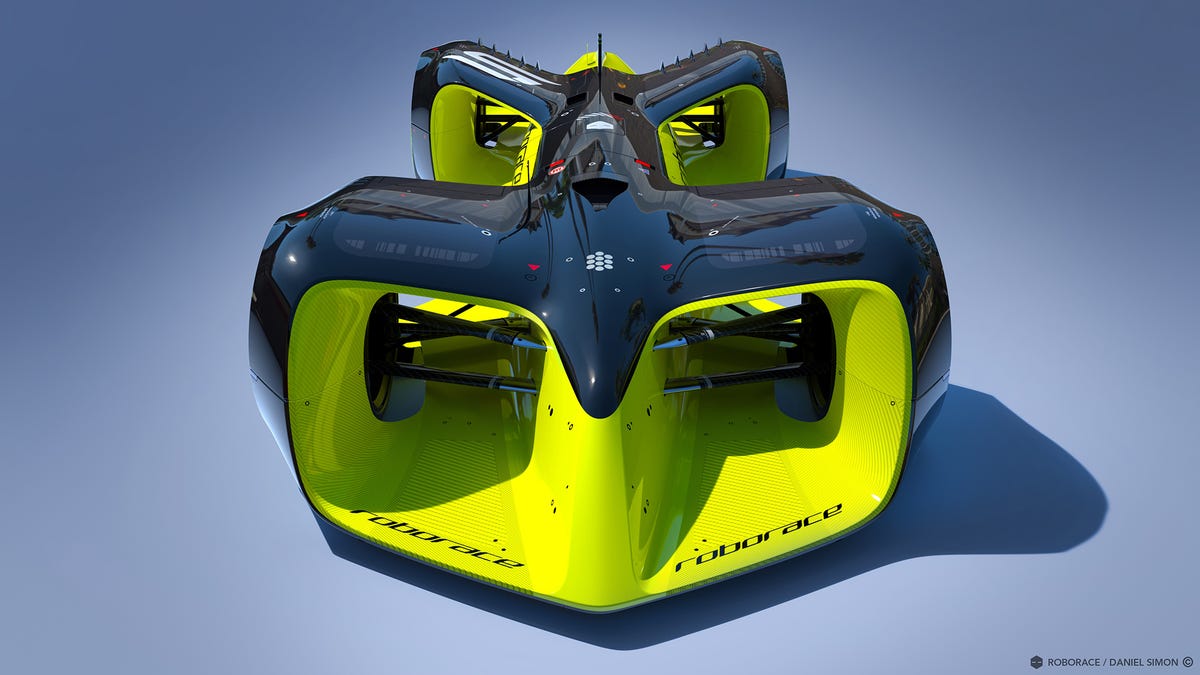Self-driving race car series to use Nvidia's brains
In what promises to be the most high-tech racing series in the world, competitors in Roborace will use the Nvidia Drive PX 2 computer to control their cars.

Graphical chipmaker Nvidia announced today that competitors in the upcoming Roborace self-driving car race series would use its Drive PX 2 computer as the brains for their cars. Nvidia CEO Jen-Hsun Huang made the announcement during his keynote address at Nvidia's GPU Technology Conference.
Organizers of the Formula E electric race series introduced the idea of Roborace last year. This field of self-driving cars will race against each other in conjunction with the Formula E electric races for its 2016-17 season. As with Formula E, the 10 competing Roborace teams will all use identical cars. Roborace chose to standardize on Nvidia's Drive PX 2 computer to process sensor inputs and control the cars' acceleration, braking and steering.
Huang announced the Drive PX 2 computer, which uses two Nvidia Tegra processing chips, during this year's CES in Las Vegas. The computer works as a research platform for automakers developing self-driving cars. The Drive PX 2 can process input from cameras, radar, LIDAR and other sensors, building a virtual representation of a car and the environment through which it is passing. Software then decides what actions to take based on that virtual environment, translating them to car control in the real world.
For the Roborace series, competitors will be working from a standard electric car platform, equipped with the Drive PX 2 computer as its hardware brains. Each team will focus on designing software to control the cars in their high-speed scenarios.
Unlike the challenge of programming self-driving cars for public roads, where a variety of obstacles are likely to appear, the Roborace cars will need to follow the fastest lines through turns while accounting for wheel slip and other cars. Each team will need to program in passing maneuvers and other competitive behavior.
The use of Nvidia's computers plays more as a public relations win than a financial opportunity for the California chipmaker. As each of the 10 teams will field two cars, Nvidia is only on the hook for 20 of its Drive PX 2 computer, although it will likely provide more for development purposes.
But as automakers field teams in Formula 1 and other racing series to gain public acclaim for building fast cars, Nvidia can point to Roborace as proof of the performance capabilities its self-driving hardware.
This concept design for a Roborace car would carry one of Nvidia's Drive PX 2 computers, taking in sensor input and deciding when to make that move for the checkered flag.

